View Release Notes
Table of Contents
Image quality — Sharpness — Other IQ factors — IQ Utilities — Getting started —
Imatest Instructions – general — Troubleshooting — Knowledge Base highlights —
Sharpness modules — Tone, Color, Noise & Dynamic Range modules — Spatial & Uniformity modules —
Miscellaneous modules and utilities — Industrial Testing edition — Appendix
| Offline (local) documentation Imatest documentation can now be viewed offline. Download this small (8MB) zip file (only the main documentation pages) to a convenient location, then unzip it. The Imatest site folder will contain a mirror of the Imatest documentation website (not the entire site, but including the Knowledge Base and News). Double-click on index.html to open a fully navigable mirror of this page in your web browser. To open documentation directly from Imatest Master, click on the Offline/Online Help button in the Help tab on the right of the Imatest main window, and follow the instructions. |
Image Quality
General — Introduction to Image Quality Factors
Image quality factors – Overview and Imatest measurements
Introduction – Summary table – Image quality factors – Sharpness – Noise – Dynamic range – Color accuracy – Distortion – Uniformity – Lateral chromatic aberration – Veiling glare – Color moire – Software artifacts – Data compression – Printer quality factors – Print Dmax – Print color gamut
Sharpness
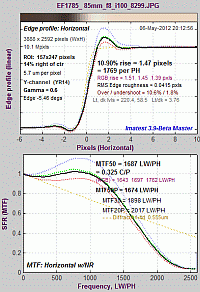 Sharpness – What is it and how is it measured?
Sharpness – What is it and how is it measured?
Introduction – MTF – MTF equation – Slanted-edge measurements – Why a slanted edge? – MTF measurement matrix – Spatial frequency units – Summary metrics – Results – Noise reduction – Diffraction & Optimum aperture – Interpreting MTF50 – Autofocus Speed – Calculation details – Imatest vs. ISO calculation – Links
Sharpening – and Standardized Sharpening for comparing cameras
Introduction – Examples – Over/Undersharpening – Examples – Unsharp masking (USM) – Links – Standardized sharpening
Slanted-edge versus Siemens Star – A comparison of sensitivity to signal processing
Introduction – Images – Raw results – Slanted-edge results – Sinusoidal (Log F-Contrast and Siemens star) results – Extreme sharpening – Summary – Conclusions
Slanted-edge versus Siemens Star, Part 2 – Results for four additional cameras
Slanted-edge measurement consistency and repeatability – comparing different ISO speeds and ROI sizes. Incomplete, but still useful.
Validating the Imatest slanted-edge calculation
LSF (Line Spread Function) correction factor for slanted-edge MTF measurements
Compensating camera MTF measurements for chart and sensor MTF
Introduction – Calculation – MTF compensation files – Applying the compensation – Lens MTF measurements
Other Image Quality Factors
Nyquist frequency, aliasing, and Color Moire – introducing a color aliasing metric derived from hyperbolic wedges.
Image quality utilities let you degrade, enhance, examine, and perform simple analyses of any image (not just test charts)
Getting Started with Image Quality Testing
Why Imatest? | Test Charts | Lighting | Image Capture Technique | Setting up Your Lab | Using Imatest Software
Start Using Imatest Software
| Please note: Each Imatest license can be activated on only one computer at a time, but the activation can be easily moved between computers, especially if they’re online. You can install Imatest– and keep it installed– on as many computers as you like (Macintosh as well as Windows– your license works for both; you never have to uninstall it). To move the activation to another computer, you’ll need to deactivate it on the old computer then activate it on the new one, following the instructions above. You may do this as often as you like. |
Imatest Instructions – general
Sony AYA Interface for direct image acquisition
The Imatest Functional Interface – A simplified interface for running tests with consistent settings
Knowledge Base highlights – Links to articles for troubleshooting, activation, and general advice on operation.
Tone, color, and spatial modules
Tone, Color, Noise, and Dynamic Range
Spatial and Uniformity modules
Miscellaneous modules and utilities


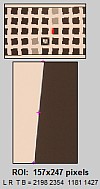 Using SFR Part 1
Using SFR Part 1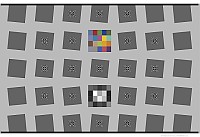
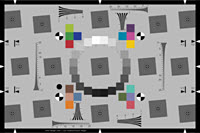
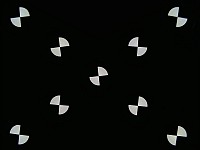
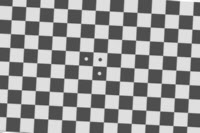
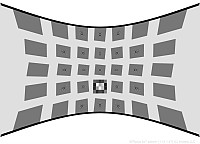
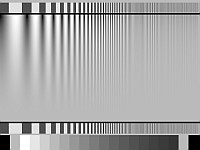
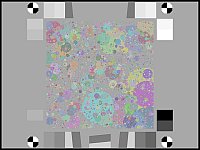 Random/Dead Leaves
Random/Dead Leaves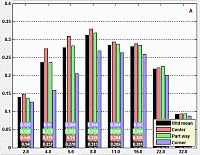
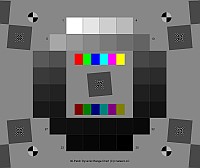
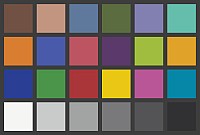
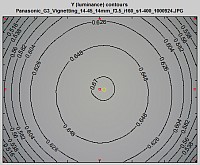 Using Uniformity, Part 1
Using Uniformity, Part 1